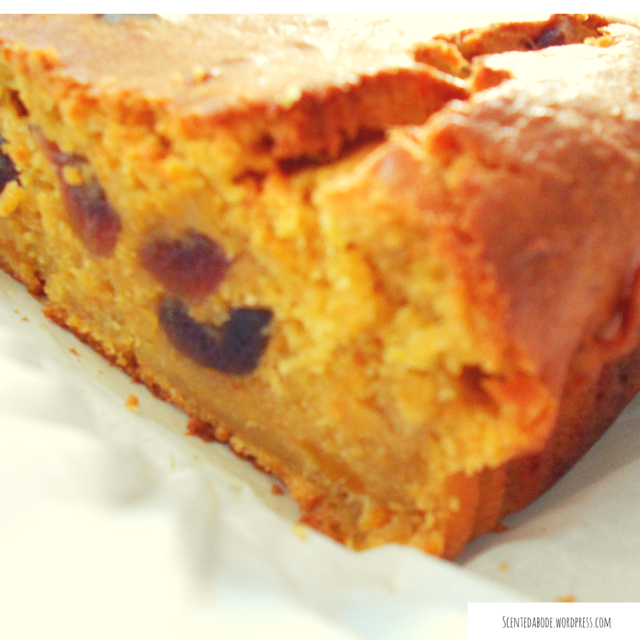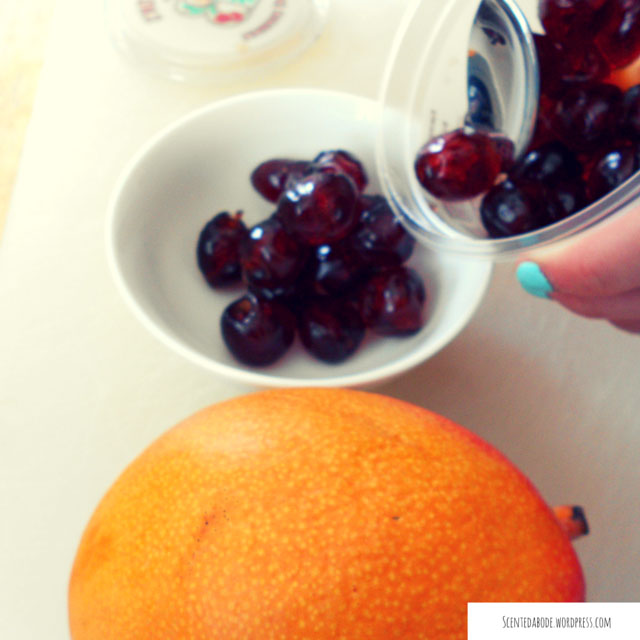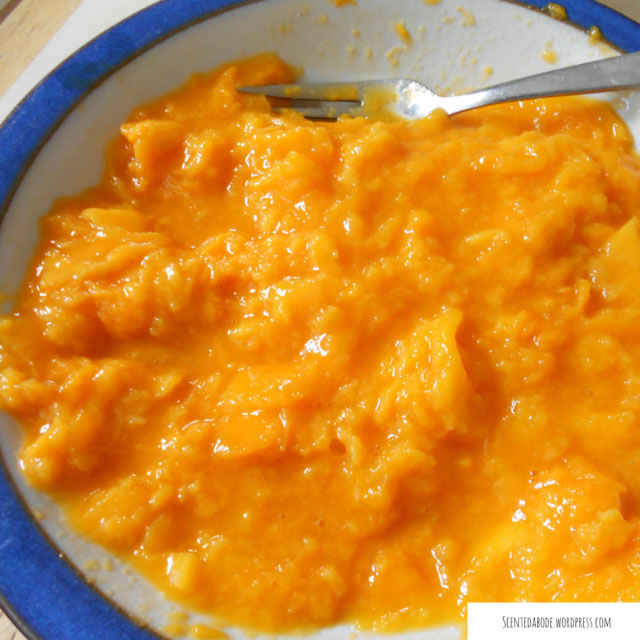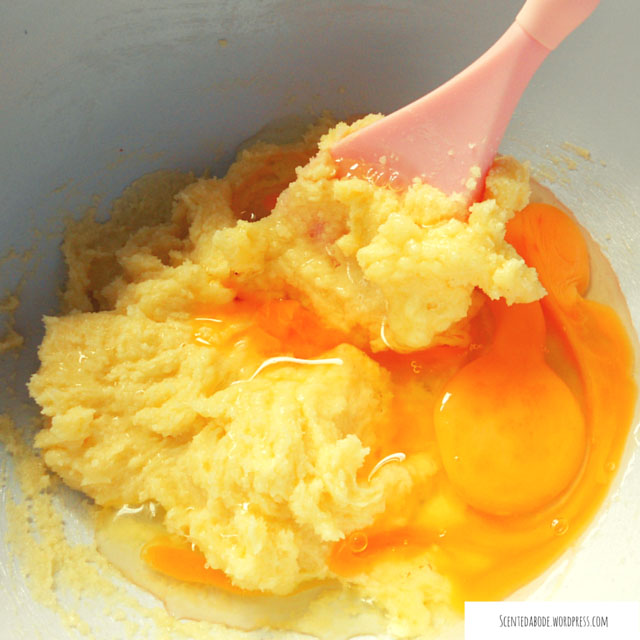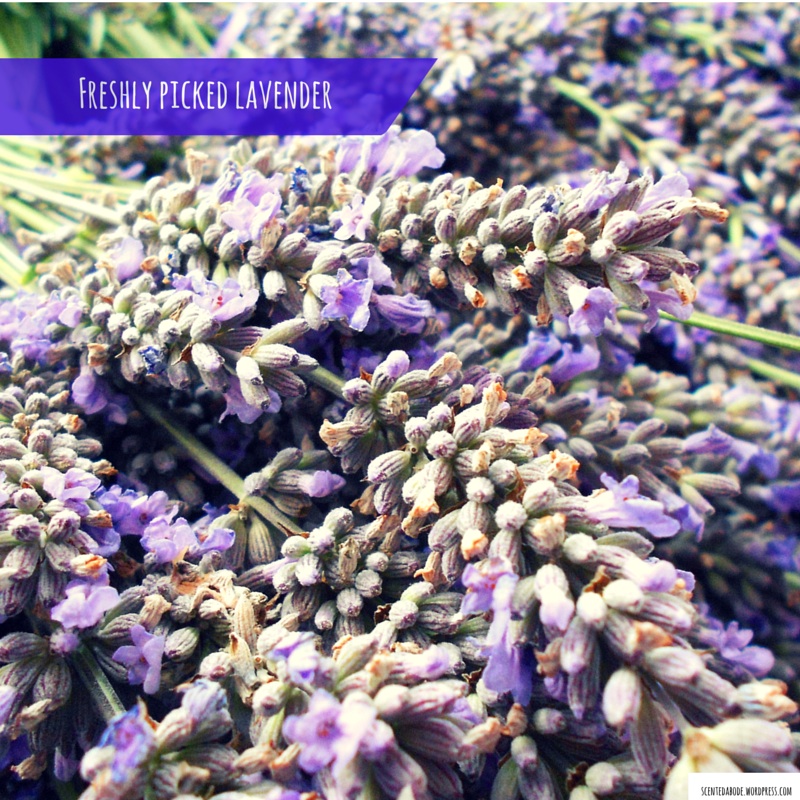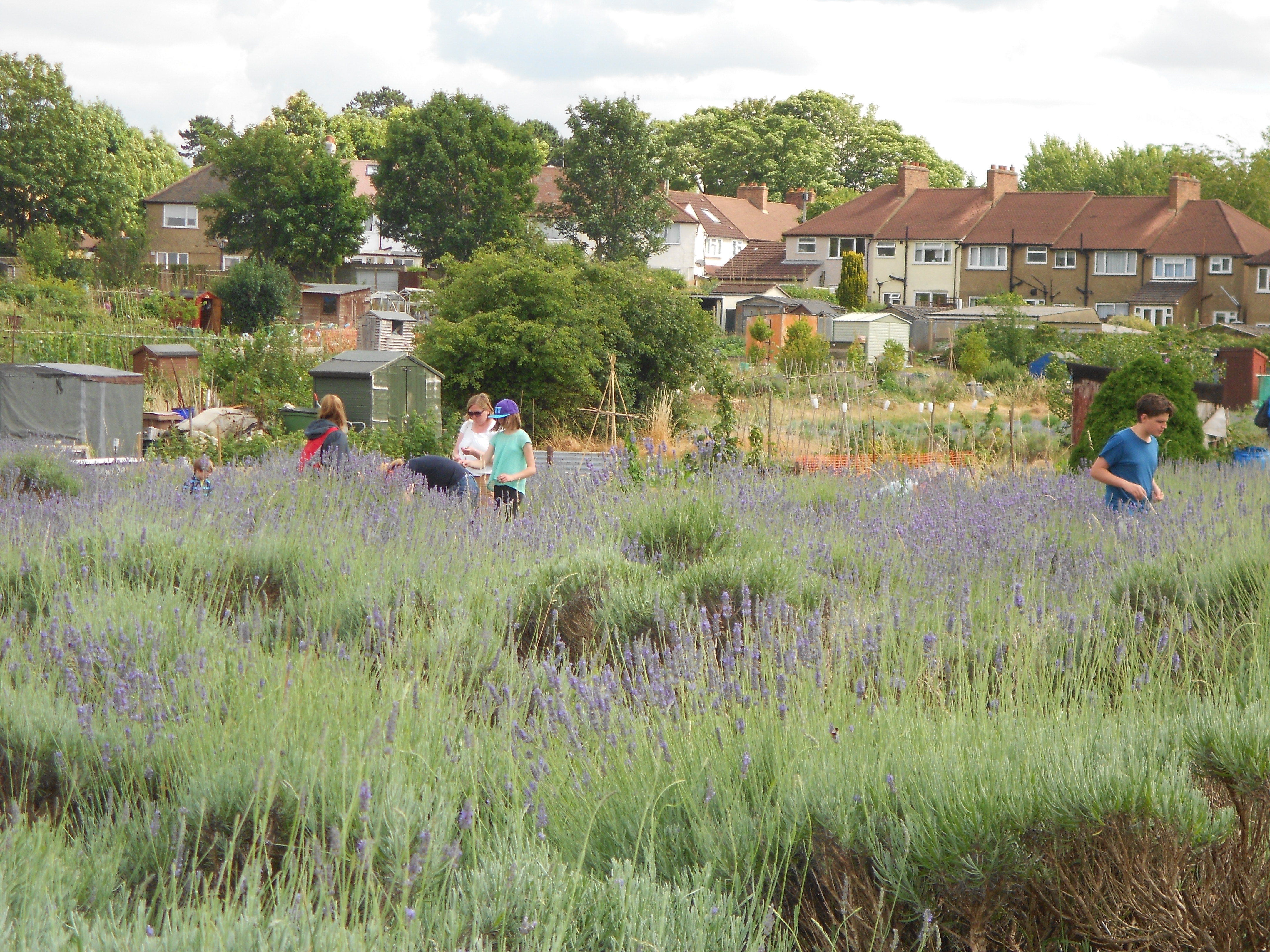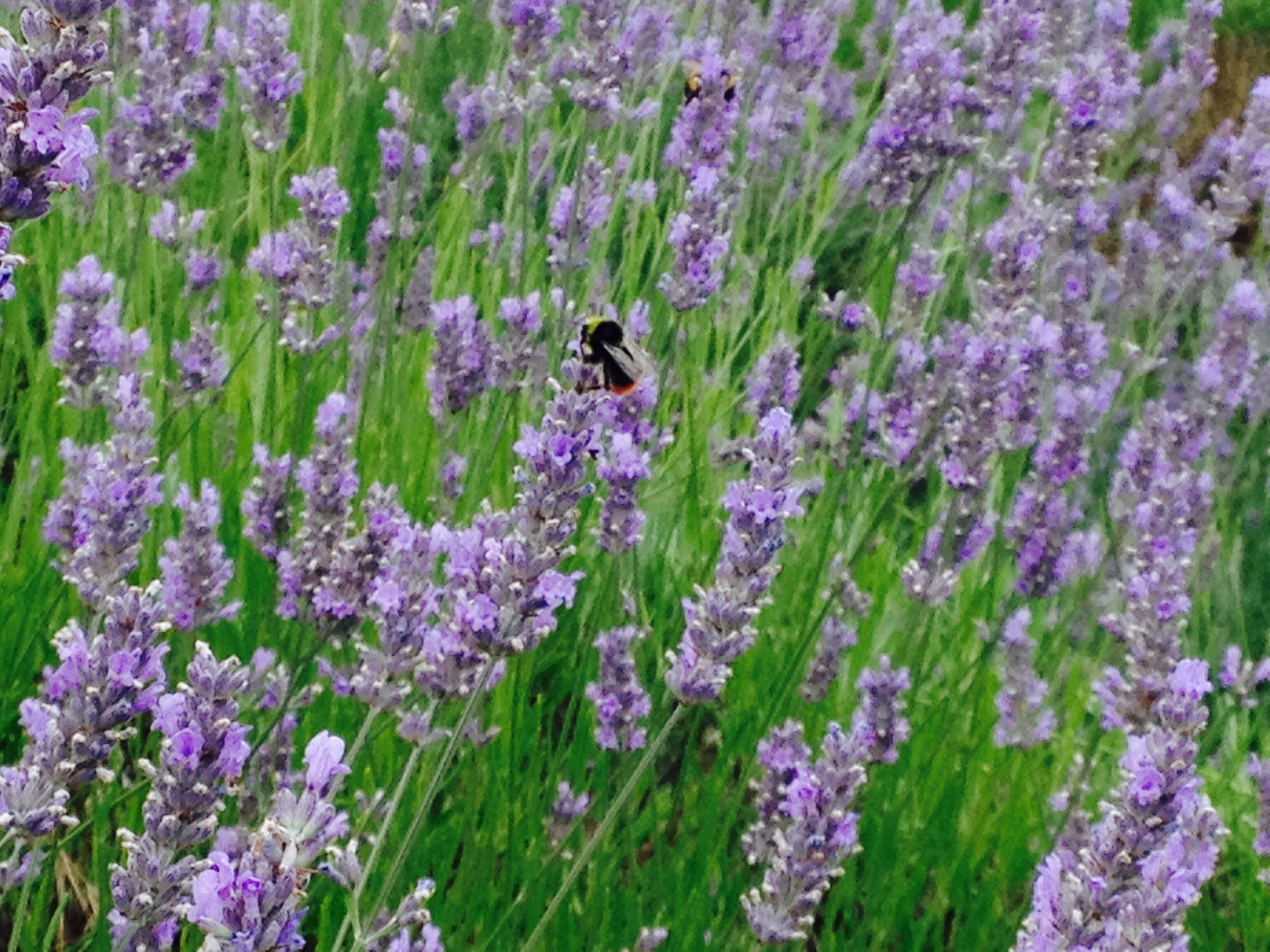We usually make this lovely cake with over ripe bananas. However, as we had an over ripe Mango, which no one was too keen on, I thought it would be good to try using the banana and apricot recipe rather than throw it away.
Having rummaged around in our cupboard, I discovered we were out of dried apricots, but we did have some dried figs, prunes and a tub of glacé morello cherries.
Since cherries would give the loaf some colour, I decided it would do rather than go and get some dried apricots. I like the idea of using what’s in a cupboard and experimenting more than sticking rigidly to a recipe. This is by far the best way of discovering something new and tasty.
By the time I had assembled the ingredients, my eldest appeared in the kitchen and decided to help with the baking. I was smiling since a few days ago I’d written a post about Google search trends, the British Bake off and that I would have to get my kids to help me with some baking.
There was no need to ask, baking is, next to Minecraft something that my eldest enjoys.
Based on the recipe from the River Cottage Family Cookbook, this loaf is very simple to make, there are no whisks or electrical appliances involved, just a spoon and some elbow grease.
Cream the sugar and butter together (Prior to this I had accidentally put flour into the bowl and had to separate the flour from the butter as I had been distracted by my daughter peeling the skin from the over ripe Mango and mashing it up with a fork).
Add the 2 eggs and beat until mixed together.
Add chopped morello cherries.
Add the grated zest of 1 lemon (we used half a lemon zest and all the zest of a small lime)
Add the mashed mango (or over ripe mashed bananas as in the original recipe instead) and add to the mix.
Gently fold in the self-raising flour.
Pour into a loaf tin which has been lined with a large loaf tin case, I like this as it’s easier to clean the loaf tin afterwards. It also means I don’t need to butter the tin.
Bake in a pre-heated oven for 50-60 minutes on 160c/Gas Mark 3 (Check around 50 minutes, put a knife/skewer through the middle and if it comes out clean, then it’s ready)
The lovely scent of the baking and the mango and cherry filled the kitchen and our living room and this got the attention of both my hubby and youngest who wanted to know when it would be ready to eat.
Unfortunately, they needed a bit of patience as once it was removed from the oven, it needed to cool on a baking rack before it can be enjoyed.
As the loaf was baked just before tea-time on Saturday, it was perfect to serve as our dessert. We usually find that although the loaf will keep for a few days, it never usually lasts longer than a day because it gets eaten as snack.
I think this recipe made with Mango and Cherry makes a lovely alternative to the bananas and apricot version.
For the reciepe:
Dried apricots (squidgy ones) or Morello Cherries 75g
Saltanas 75g (we didn’t have any so used more cherries)
1 Lemon
Unsalted butter, 100g soft but not melted
Caster Sugar 125g
2 large (free range) eggs
3 large ripe bananas (we used a large mango)
Self raising flour 200g
Loaf tin measuring about 13 x 23 x 7 cm
Do let me know if you’re looking forward to watching the Great British Bake-off.
